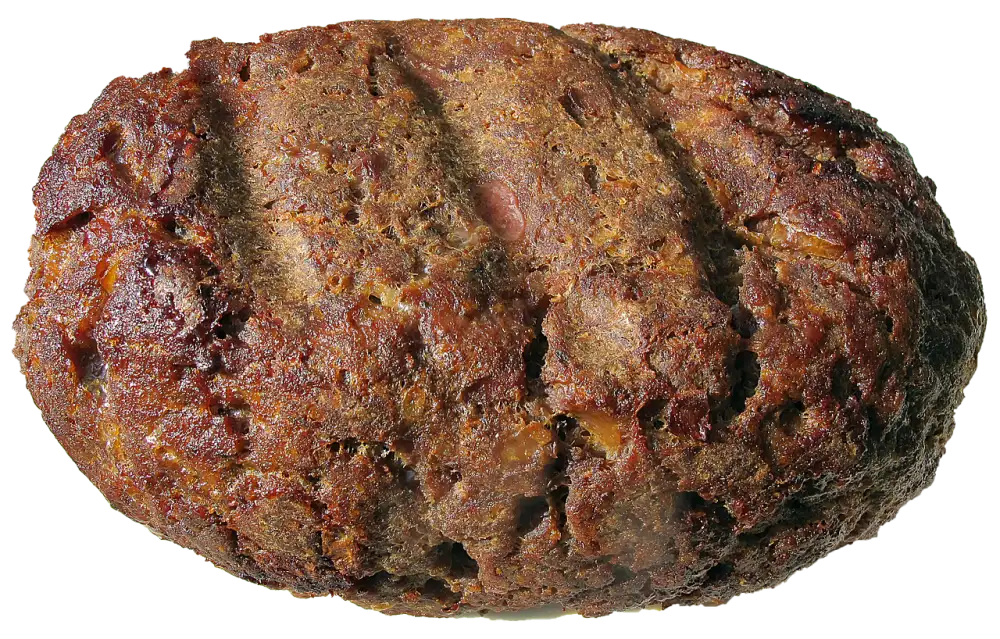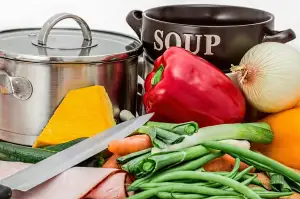Mastering Meatloaf: Achieving the Perfect Internal Temperature for Juicy Results

Importance of Internal Temperature
The internal temperature of meatloaf is crucial for both taste and safety reasons. Cooking meatloaf to the correct internal temperature ensures that harmful bacteria like E. coli and Salmonella are destroyed, making it safe to consume. Moreover, achieving the right internal temperature also guarantees a juicy and flavorful result, as overcooking can lead to dry and tough meatloaf. Monitoring the internal temperature is key to mastering the art of making a delicious meatloaf every time.
Recommended Internal Temperature for Meatloaf
Achieving the perfect internal temperature is crucial when cooking meatloaf to ensure it is safe to eat and remains juicy. The USDA recommends cooking ground beef, including meatloaf, to an internal temperature of 160°F (71°C). At this temperature, harmful bacteria like E. coli and Salmonella are destroyed, making the meatloaf safe for consumption. Using a reliable meat thermometer is essential to accurately measure the internal temperature and avoid undercooking or overcooking the meatloaf.
Using a Meat Thermometer
Using a meat thermometer is crucial in ensuring that your meatloaf reaches the perfect internal temperature. Insert the thermometer into the thickest part of the meatloaf, making sure it doesn't touch the pan or any bone for an accurate reading. The recommended internal temperature for meatloaf is 160°F (71°C) to ensure it's cooked through but still juicy. A digital instant-read thermometer is ideal for quick and precise readings. Regularly check the temperature while cooking to prevent overcooking and dryness.
Testing for Doneness
Testing for doneness is crucial to ensure your meatloaf is cooked perfectly. One common method is using a meat thermometer inserted into the thickest part of the meatloaf. The internal temperature should reach at least 160°F (71°C) to be considered safe for consumption. Another way to test doneness is by inserting a clean knife or skewer into the center of the meatloaf and checking if the juices run clear, indicating that it's fully cooked. Remember, undercooked meatloaf can pose health risks, so it's better to be safe than sorry when testing for doneness.
Resting Period
Resting period is a crucial step in achieving the perfect meatloaf. After removing the meatloaf from the oven, allow it to rest for about 10-15 minutes before slicing and serving. This resting period allows the juices to redistribute throughout the meatloaf, resulting in a juicier and more flavorful final product. Additionally, during this time, the internal temperature of the meatloaf will continue to rise slightly, ensuring that it reaches a safe temperature for consumption. Patience during this resting period will be rewarded with a delicious and moist meatloaf.
Safety Precautions
When preparing meatloaf, it is crucial to follow proper food safety practices to prevent the risk of foodborne illnesses. Here are some key safety precautions to keep in mind:
1. Thaw meat thoroughly in the refrigerator, not on the countertop, to avoid bacterial growth.
2. Wash hands and all utensils, cutting boards, and surfaces that come into contact with raw meatloaf thoroughly with hot, soapy water.
3. Cook meatloaf to the recommended internal temperature of 160°F (71°C) to ensure that harmful bacteria like E. coli and Salmonella are destroyed.
4. Avoid cross-contamination by using separate cutting boards and utensils for raw meatloaf and other ingredients.
5. Refrigerate leftovers promptly within two hours of cooking to prevent bacterial growth.
By following these safety precautions, you can enjoy delicious meatloaf without compromising your health.
Published: 07. 05. 2024
Category: Food



